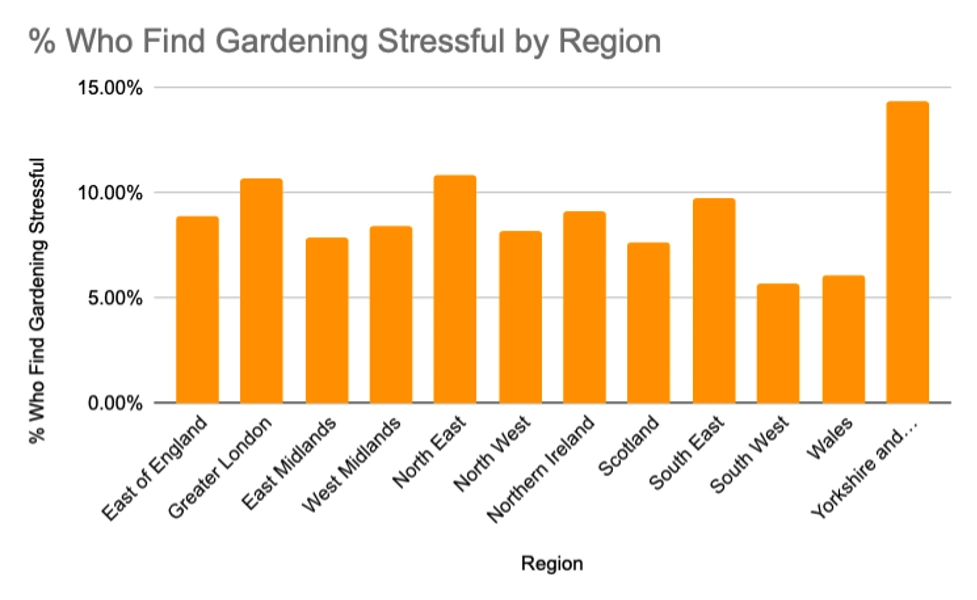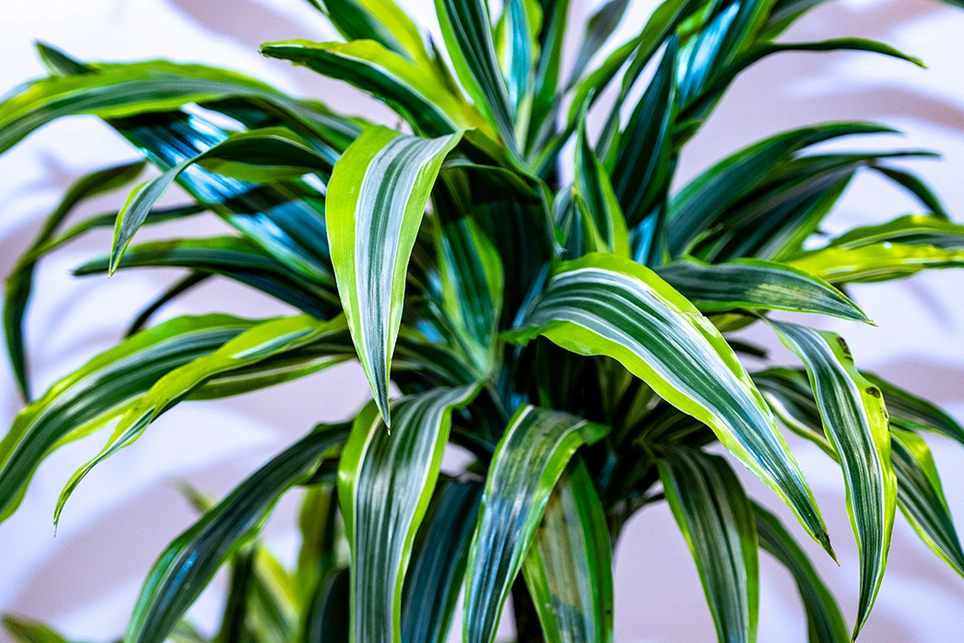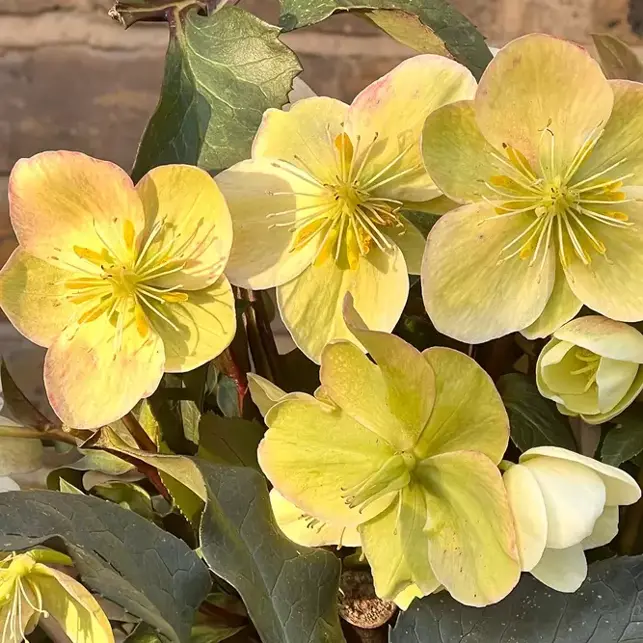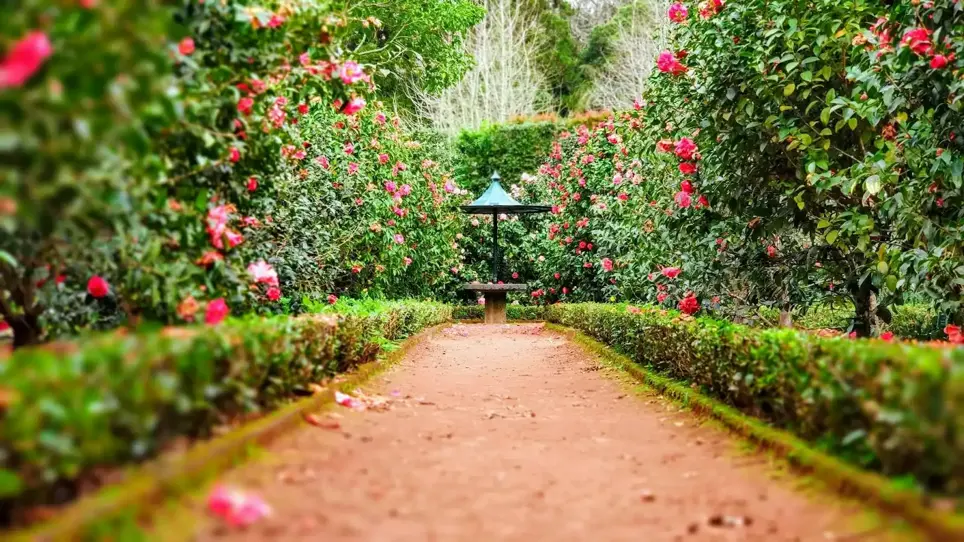
Discover the garden industry statistics driving Britain’s outdoor space renaissance in 2025. This comprehensive guide explores authoritative gardening statistics, commercial opportunities for the garden centre sector, and vital trends shaping the average UK garden.
In this article, learn how British adults’ passion for plants, green spaces, and garden projects continues to fuel the £9 billion gardening market.
Discover gardening success by visiting Boma Garden Centre, your go-to destination for North London gardeners from Hampstead, Highgate, Camden, Muswell Hill, Finchley, and St John’s Wood. Explore the latest garden trends, get expert advice, and find everything you need( from plants and pots to tools and soil) to help your balcony, courtyard, or family garden thrive throughout the year.
UK Garden Ownership and Participation Statistics
UK households sustain an impressive 87% private garden or outdoor space ownership rate. That’s nearly 30 million UK households with their own garden.
Based on data from the Office for National Statistics (ONS) Census 2021, user polling results and additional garden industry statistics for garden ownership and gardening projects participation include:
- The typical garden size in the United Kingdom (UK) is 188m², with ample room for flowering plants, wildlife habitats, and home-grown food.
- Of all UK adults, 42% enjoy gardening regularly, while 30 million UK gardeners and garden enthusiasts drive demand for gardening supplies, garden furniture, and equipment.
Understanding these demographics is crucial for retail nurseries, landscaping industries, and garden centre operators seeking to serve age group gardens and meet evolving garden trends.

Age and Gender Demographics in UK Gardening
Garden industry statistics from user polling data also show that older adults (especially the age group 65+) spend significantly more on garden products, both at garden centres and online.
These shifts influence demand for garden equipment, gardening supplies, and innovative solutions like vertical gardens and smart gardening tools. Demographics shape ornamental horticulture product preferences and key market segments, with older adults leading purchasing and younger generations driving change in gardening practices.
Top demographic gardening statistics include:
- 51.42% aged 55+ enjoy gardening.
- Those aged 65+ spend the most, averaging £5.10 per week on plants, flowers, and garden goods.
- Young adults increasingly view gardening as part of a healthy, eco-conscious lifestyle.
Stress and Gardening: What the Statistics Say
According to UK polling data from 2020 and 2021, a whopping 42% of Brits enjoy gardening and 35% claim it helps them relax. However, almost 1 in 10 (9%) claim they find gardening stressful:
- 16–24 year olds are the most affected, with 14.45% seeing gardening as a pressure rather than pleasure.
- In contrast, only 4.77% of over‑55s describe gardening as stressful, perhaps reflecting experience and confidence gained over time.
- Location also matters: residents in Yorkshire, Greater London, and the North East are significantly more likely to find gardening stressful than those in the South West or Wales.
Boma Top Tip For Stress-Free London Gardening
Boma recognises that many people find planting choices or garden design decisions stressful. To ease this, Boma also offers expert Planting Services and tailored consultations, turning uncertainty into confidence.
Our horticultural team provides tailored consultations to help you plan layouts, select compatible plants, and bring your vision to life, turning inspiration into practical, thriving green sanctuaries across London. With this guidance, Boma transforms ideas into lasting, low-maintenance green spaces that offer inspiration to shape your very own green urban sanctuary.
The consultation, survey, and design brief are available for £325, payable upon booking. The remaining balance is agreed with you before moving forward.
That inspiration is practical too: the team demonstrates plant combinations that not only look striking but also cope with London’s soil, pollution, and microclimates. This local knowledge helps North and Central London gardeners—from Muswell Hill to Finchley—choose plants that thrive where others struggle.
Mediterranean herbs such as Lavender or compact evergreens like Eucalyptus ‘France Bleu’ are low‑maintenance, fragrant, and thrive in pots – the perfect antidote to busy schedules and compact urban spaces.
Discover more ways to make London gardening easier:
- Shop Outdoor Plants
- Shop Pots and Planters
- Visit Boma Garden Centre in Kentish Town to see urban garden displays first‑hand and get direct, tailored urban gardening advice.
UK Gardening Market Value and Consumer Spending (2025)
The UK gardening market now generates a projected £9 billion in annual retail spending, rising steadily from £8 billion in 2023, according to new Statistica data.
- In 2025, the revenue generated in the Lawn & Garden market in the United Kingdom amounts to £9.34bn.
- According to projections, the market is expected to grow annually by 1.74% (CAGR 2025-2029).
- Consumers aged 16-34 spend the most on cut flowers and houseplants.
The substantial economic impact reflects gardening's evolution from hobby to essential lifestyle components, underpinning garden centres, nurseries, and technology suppliers.
Garden Centre Performance and Visits
Garden centres remain at the heart of retail experiences for UK gardeners, according to data from the Horticultural Trades Association (HTA) 2024 Market Report.
- 203 million annual garden centre visits in 2024.
- Most UK adults visited garden centres in 2024, with 71% claiming to have made at least one garden centre visit.
- March 2025 average garden centre sales excluding catering were up 23% YoY.
- Average spend: £29.36 per transaction, up +6% YoY in March 2024.
Physical garden centres continue to anchor the retail landscape. Retail visits remain dominant, as gardeners seek advice, inspiration from bustling displays, and products not easily found online.
Looking for dazzling in-person garden displays in North London?
Boma Garden Centre in Kentish Town is the place where gardening comes alive. Our curated plant combinations showcase flowering perennials, shrubs, ornamental grasses, and evergreens arranged in harmonious displays that suit beds, borders, and planters alike.
Each corner of the centre is designed to inspire, demonstrating how structure, colour, and texture can be layered beautifully through the seasons.
A visit to Boma is more than a shopping trip: it’s an experience. Thoughtfully designed displays provide instant ideas for your own space, helping you see how different plants thrive together in real garden settings.
London Tree Planting Trends (2025)
Specimen trees such as olive trees, acers (Japanese maples), and bay trees are increasingly popular choices for London gardens, especially in North London, where compact, resilient, and decorative species are in demand for private gardens and patios.
- Olive trees are now a signature element outside homes and on London balconies, appreciated for their stylish look and adaptability to smaller urban spaces.
- Japanese maples (acers) are favoured for their colour and compact form, suiting both gardens and courtyards.
- Bay trees remain a top choice for ornamental structure, topiary, and culinary use, with various forms like lollipop, spiral, and pyramid available locally.
- With London aiming for more than two million new trees by 2025, the uptick in private garden plantings complements major restoration efforts, though specific data for specimen garden trees is not systematically tracked.
Shop Bay Trees and Olive Trees at Boma
Organic and Sustainable Gardening Statistics (UK, 2025)
Sustainable and organic gardening sees robust growth, according to the Organic Market Report 2025, with a core focus on:
- Avoidance of Synthetic Chemicals: ~0% synthetic pesticide/herbicide use on organic-certified land
- Market Growth & Farmland Share: Around 4% of UK farmland (520,000 ha); estimated market value £3.4bn
- Supports Biodiversity and Soil Health: Organic farms support 34% more plant/animal species on average
- Yield Challenges & Tech Innovations: Yield gap reduced to 10–18% compared to conventional farms
- Certification & Standards: 100% certified farms meet rigorous UK/EU standards
These numbers illustrate gardening’s evolution towards environmental responsibility and climate resilience.
UK Allotment and Community Growing Statistics (2025)
Urban and community food growing, according to the National Allotment Society.
- 330,000 total allotment plots across the UK (2025 estimate)
- 78,827 people currently on waiting lists
- Average wait: 69% of local authorities stated that over 18 months was the average waiting time
- 87% of councils report increased demand for local growing spaces
- Despite the desire to, and the popularity of school gardening in UK primary schools, over a third (37%) of students in primary and secondary school said they have never seen fruit or vegetables growing.
Allotment statistics highlight the growing desire and growing demand for food self-sufficiency and community connection among urban gardeners.
Houseplant Market Growth
Urban and indoor gardening is reshaping what plants Britons buy, according to a poll of 2,000 adults.
- Brits spend an average of £25.56 a month on houseplants, resulting in a total annual spend of over £300.
- In 2022, Brits spent £6.1 billion on plants.
- 46% of all adults purchased houseplants in 2022.
- Gen Z: £414 annual spend per person on houseplants.
Indoor plants are the highest-growth segment, driven by social media trends, urban lifestyles, and a growing interest in air-purifying species.
| Monthly Spend | Annual Spend | New Houseplants Per Month |
| £25.56 | £306.71 | 2 |
Most Popular Houseplants in 2025 Statistics
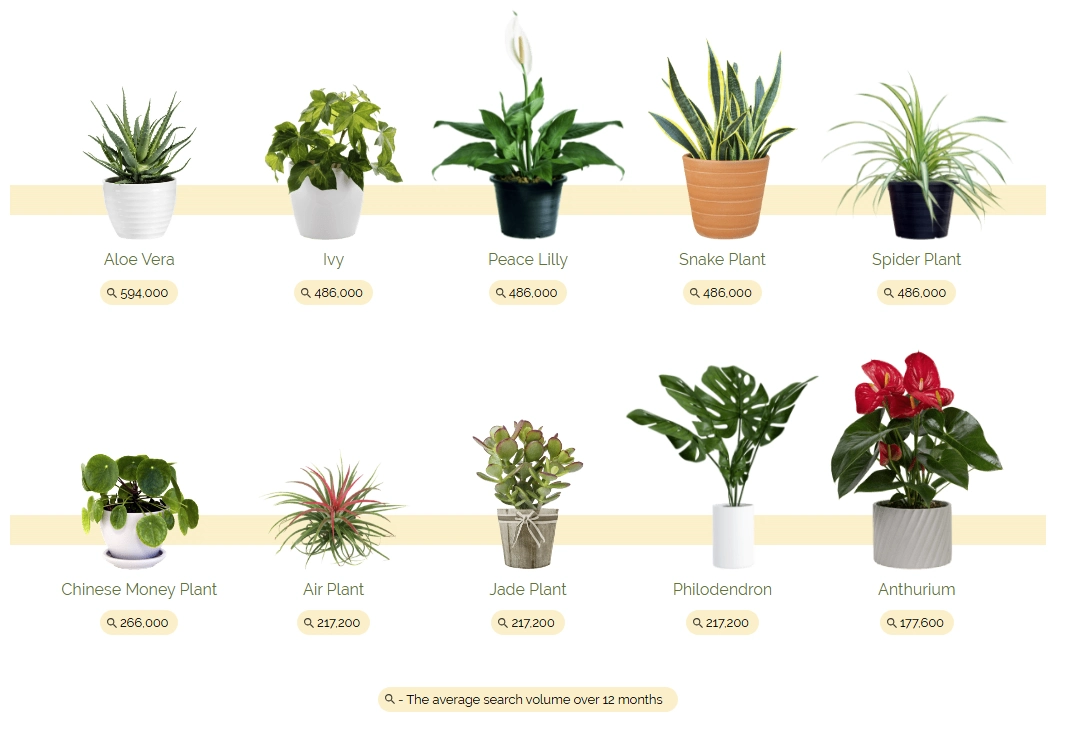
One interesting research piece by DWH shows that houseplants remain one of the most searched-for home and lifestyle topics, with certain varieties consistently standing out in popularity.
The table below shows the average monthly search volumes over the past 12 months for some of the most well-loved houseplants, highlighting which species attract the most interest. This comparison gives a clear snapshot of current trends in indoor gardening. We’ve also added our top pick from our extensive product range for each of these gorgeous varieties.
| Houseplant | Average Monthly Search Volume (12M) | Boma’s Top Pick |
|---|---|---|
| Aloe Vera | 594,000 | Aloe Barbadensis Miller, £12.99 |
| Ivy | 486,000 | Epipremnum Pinnatum 'Marble Queen', £21.99 |
| Peace Lily | 486,000 | Spathiphyllum 'Cupido', £25.99 |
| Snake Plant | 486,000 | Sansevieria Trifasciata 'Futura Superba', £12.99 |
| Spider Plant | 486,000 | Chlorophytum Variegata, £8.99 |
| Chinese Money Plant | 266,000 | Pilea Peperomioides, £15.99 |
| Air Plant | 217,200 | No current stock of Air Plants; for air-purifying plants, try: Hoya Carnosa 'Tricolor', £12.99 |
| Jade Plant | 217,200 | Crassula Ovata, £7.99 |
| Philodendron | 217,200 | Philodendron Scandens, £21.99 |
| Anthurium | 177,600 | Anthurium Andraeanum 'Pink Champion', £15.99 |
Shop the full stunning indoor plant collection
Home Food Production Trends
The “grow-your-own” movement continues to thrive in the UK.
- 36% of UK adults cultivate their own herbs, fruits, or vegetables at home, while 28% maintain a vegetable patch in their gardens.
- The most active demographic? 43% of under-40 gardeners grow food at home, highlighting generational shifts towards sustainability and self-sufficiency.
- London families that grow their own food report saving an average of £80-£120 per year on grocery bills through greenhouse gardening.
UK home gardens supplement household food supplies, improve nutritional diversity, and encourage sustainable lifestyle choices. Home food production links demographic participation to wider food security trends. Demand for edible plants and organic gardening products grows concurrently with self-reliance and environmental concerns.
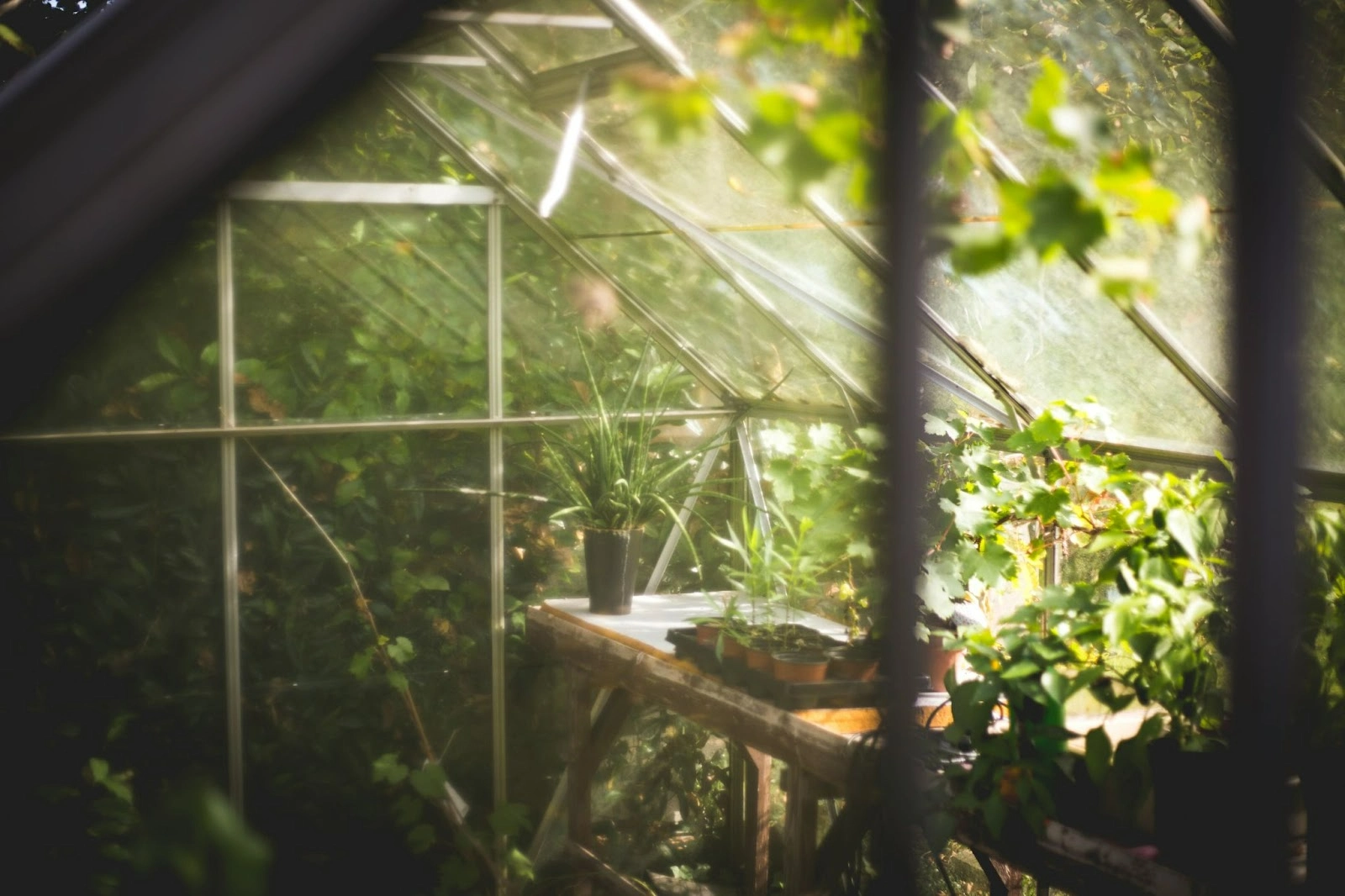
Key 2025 UK Gardening Trends and Future Projections
Emerging themes include climate resilience and technology-driven gardening:
- Smart gardening tools: adoption of robot mowers, automated irrigation, soil sensors, and even AI garden planners.
- Vertical gardening: increasing popularity for space-constrained urban dwellers.
- Urban gardening: container and balcony gardening on the rise, improving access for city residents.
- Wildlife-friendly plants: growing demand for wildlife-friendly planting and habitats to support biodiversity.
- Drought-tolerant species: expansion of resilient, low-water plants to adapt to changing climate conditions
Trends show the future of UK gardening is sustainable, tech-integrated, and ever more accessible—adapting to urban constraints and environmental challenges alike.
Urban and Small Space Gardening Solutions
Innovative ways to garden in small urban garden designs or compact city environments.
- Vertical gardens, containers, and patio gardening are trending.
- Urban gardening innovations driven by housing density and green lifestyle demand.
- Vertical gardens, containers, and innovative patio solutions allow even those with minimal outdoor space to grow plants, herbs, and vegetables.
Get On Board at Boma Garden Centre
For many London gardeners in Hampstead, Highgate, Camden, or St John’s Wood, space and conditions can be challenging. Shaded courtyards, compact terraces, and windy balconies demand clever planting choices. Boma curates displays that show how perennials, shrubs, grasses, and evergreens can be layered beautifully in beds, borders, and containers, proving that even the smallest urban garden can become a sanctuary.
Ready to transform your outdoor space or join the latest gardening trends? At Boma Garden Centre, you’ll discover everything from iconic flowering plants to eco-friendly compost, smart gardening tools, and supplies for every age group.
Explore the full range in store or shop online and get inspired to grow, relax, and thrive with Boma Garden Centre’s seasonal plants, stylish furniture, tools, and all things garden.
Planting Statistics FAQs
What’s the ideal planting depth for specimen trees?
Specimen trees like olive, bay, and Japanese maple, are increasingly popular in London gardens due to their extra resilience and adaptability for smaller spaces. While specific planting depths can vary, the ideal approach is supported by successful planting statistics: plant at the same depth as the root ball so the root flare remains at soil level. This method follows best practices that reduce the risk of root rot and promote strong establishment, especially important for the 2 million+ new trees London is aiming to plant by the end of 2025.
How do I deal with London’s clay soil?
While the typical UK garden size sits at 188m² and up to 87% of households own a garden, clay soil is a frequent London-specific gardening challenge. Survey data and expert advice recommend improving drainage with compost or well-rotted manure, and using raised beds. Statistically, Londoners who adopt these soil improvements—and select plants tolerant of clay—report higher gardening satisfaction and better plant survival rates, reflecting trends seen across Greater London gardens.
What plants work best in London’s urban pollution?
As urban gardening rises, pollution tolerance is essential. According to the blog, hardy plants like olive trees, bay, London plane, lavender, rosemary, and ornamental grasses are proven performers. Mediterranean herbs and certain evergreens, which are often featured in Boma’s curated North London displays, thrive in compact city spaces and cope well with pollution, as seen in trends and customer plant selection data for 2025.
Do you offer plant advice and consultation services?
Yes! Statistical reports show that 71% of UK adults visited a garden centre in 2024 and cite expert advice as a top reason for doing so. At Boma, our horticultural team provides free in-store plant advice, plus paid garden design consultations and practical workshops, helping guide the growing number of Londoners investing in their gardens—mirroring the £9 billion UK gardening market’s focus on personalised support for gardeners at every level.




